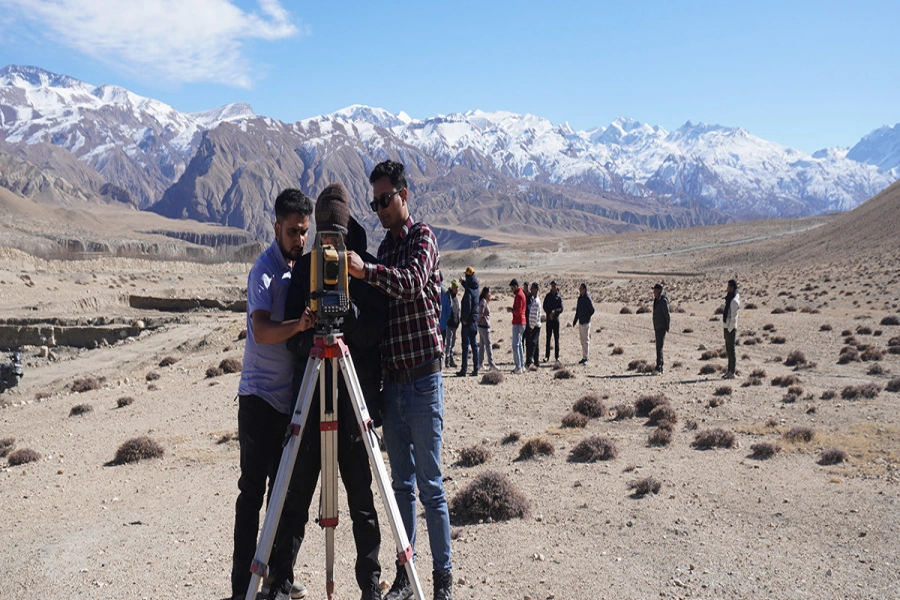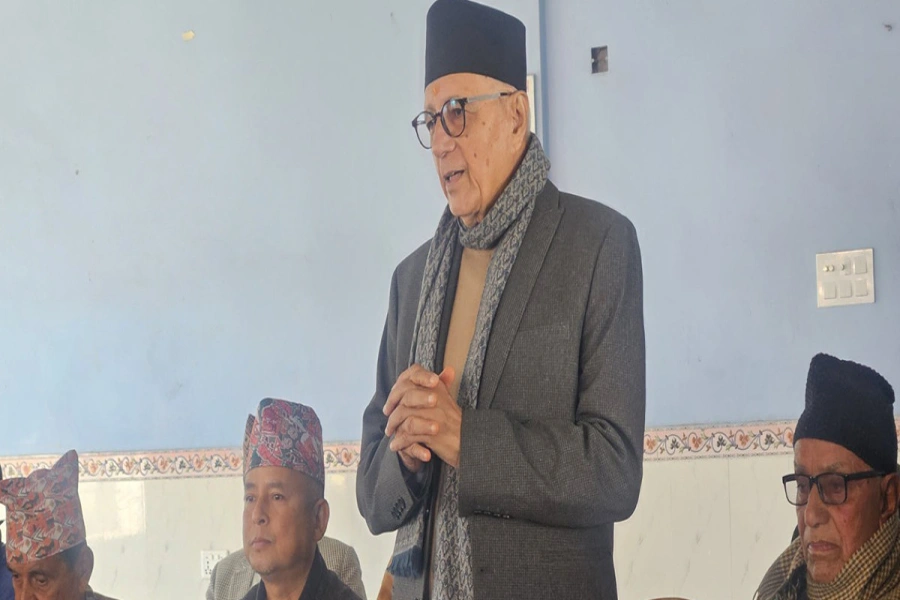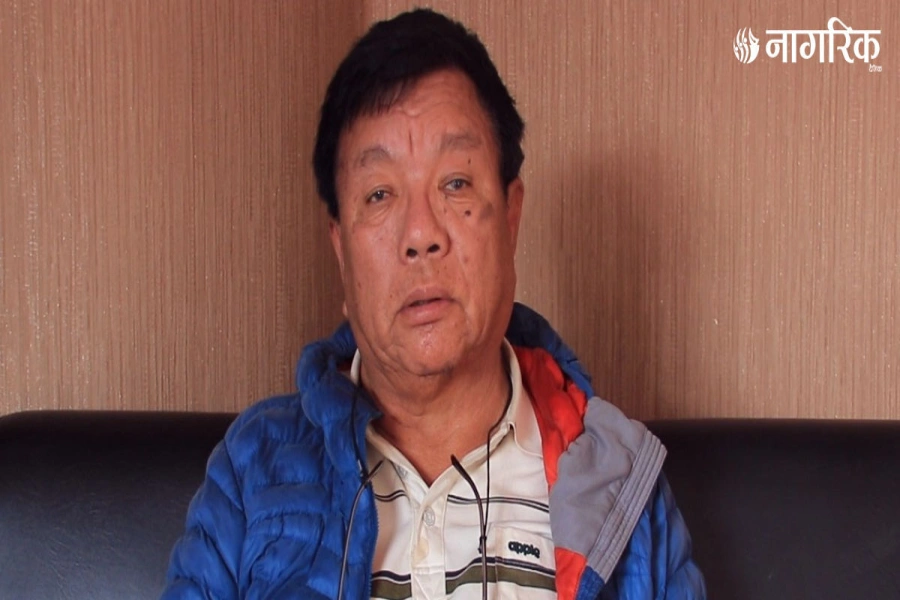Nepal has witnessed a significant uptick in Foreign Direct Investment (FDI), marking a promising trajectory for the nation's economic growth and prosperity. The latest data from the Nepal Rastra Bank (NRB) reveals a commendable 16 percent increase in FDI, with total investments reaching a notable Rs 264 billion by the end of the fiscal year 2021/22. This surge underscores a burgeoning confidence in Nepal as an attractive investment destination. However, for Nepal to fully capitalize on this momentum, the government must focus on creating an environment conducive to further promote FDI by addressing critical aspects like policy stability, ease of doing business, and bureaucratic efficiency. The breakdown of the FDI composition is revealing, with paid-up capital accounting for the majority at 53.7 percent, followed by reserves at 31.7 percent and loans at 14.6 percent. These figures highlight the substantial stake and commitment that foreign investors have in Nepal.
Take holistic measures to boost FDI in Nepal

Furthermore, the sectoral distribution of FDI paints a promising picture, with 62.6 percent of investments pouring into the industrial sector and 37.3 percent into the service sector. The hydropower and manufacturing sectors attract the lion's share of industrial investments, showcasing Nepal's potential for sustainable energy solutions and industrial growth. According to the report, India is the leading contributor of FDI, injecting Rs 88.59 billion into Nepal. This is followed by China, Ireland, Singapore, and St Kitts and Nevis, demonstrating a diverse source of foreign investment. The presence of investments from a range of countries underscores Nepal's appeal and potential on the global stage. Despite these positive trends, it is imperative to acknowledge that there is a gap between commitments and actual inflows. While commitments for foreign investments in the industrial sector have been substantial, the realized inflow has not matched these promises. It's crucial for the government to bridge this divide through targeted efforts to facilitate a seamless investment process. This includes creating policy frameworks that ensure stability and predictability, streamlining bureaucratic procedures to eliminate unnecessary hurdles, and enhancing the ease of doing business in Nepal.
To fully capitalize on the increased FDI inflow, the government must intensify its efforts in creating an investor-friendly environment. Policy stability is a cornerstone of attracting sustainable investments, ensuring that investors have confidence in the long-term prospects of their ventures. Streamlining bureaucratic processes and reducing red tape is equally vital to enhance ease of doing business. Moreover, investing in infrastructure development and providing incentives for sectors that hold substantial growth potential can further boost FDI. As a newspaper, we believe that the surge in FDI inflow in Nepal is undeniably a positive development that holds immense promise for the country's economic growth and development. However, sustained efforts are required from the government to promote a conducive environment for foreign investments. By focusing on policy stability, ease of doing business, and reducing bureaucratic hassles, Nepal can unlock its full potential and emerge as an attractive hub for foreign investors, leading to a prosperous and sustainable future.






































